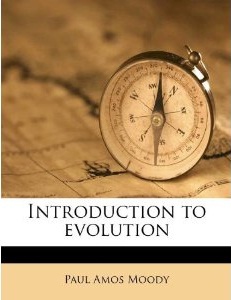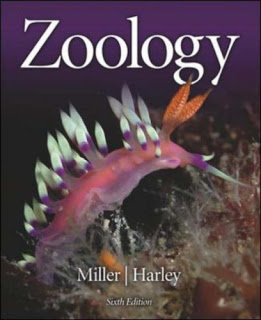Introduction to Evolution By Moody, Paul Amos
long-legged individuals to become the parents of a larger proportion of the next generation than do their shorter-legged fellows. As a result, long legs will be possessed by larger numbers of the second generation than possessed them in the first. If this same trend continues for several or many generations, eventually the whole population may come to possess the beneficial change. This, in simplified, nontechnical terms, is the central idea of the positive aspect of natural selection. More complete statements, with discussion of the forces operative, will be found in the closing chapters of the book (pp. 450-507). The central idea, however, will be found most useful in interpreting the manifestations of evolution discussed in the chapters immediately following this one. We note that positive natural selection resembles positive artificial selection in that in both instances individuals possessing some special attribute are favored to become parents of the next generation. In artificial selection the favored individuals are the ones possessing some quality desired by the breeder. In natural selection the favored individuals are the ones possessing some quality which renders them better adapted than their fellows for life under the circumstances in which they find themselves. In both instances the desirable quality or change will be likely to be of more frequent occurrence in the next generation than it was in the former. Progress, in terms of more perfect adaptation to the conditions of life, is the result.
[maxbutton id=”1″ url=”#” text=”” ]



























Reviews
There are no reviews yet.